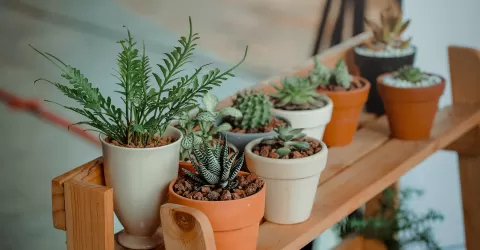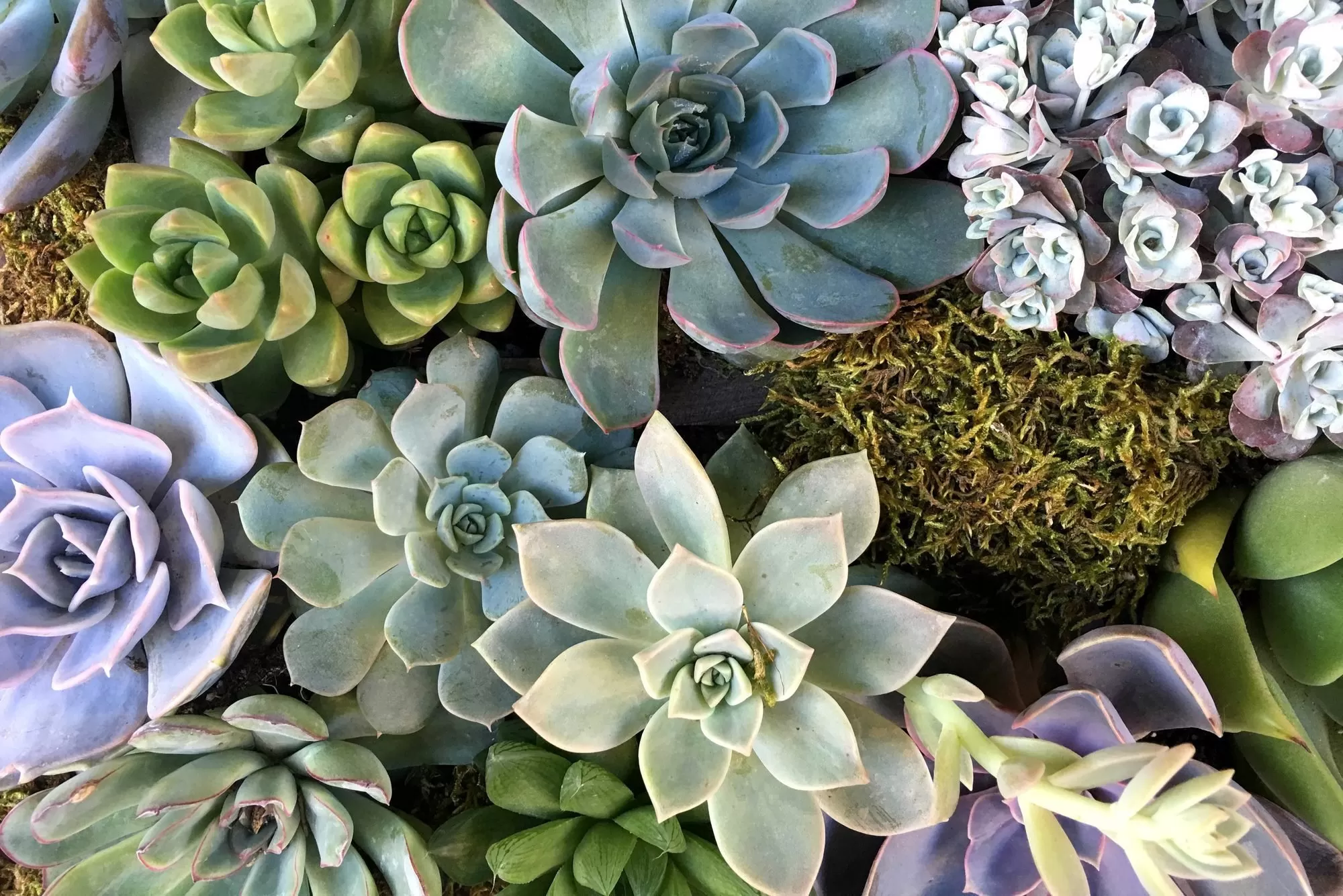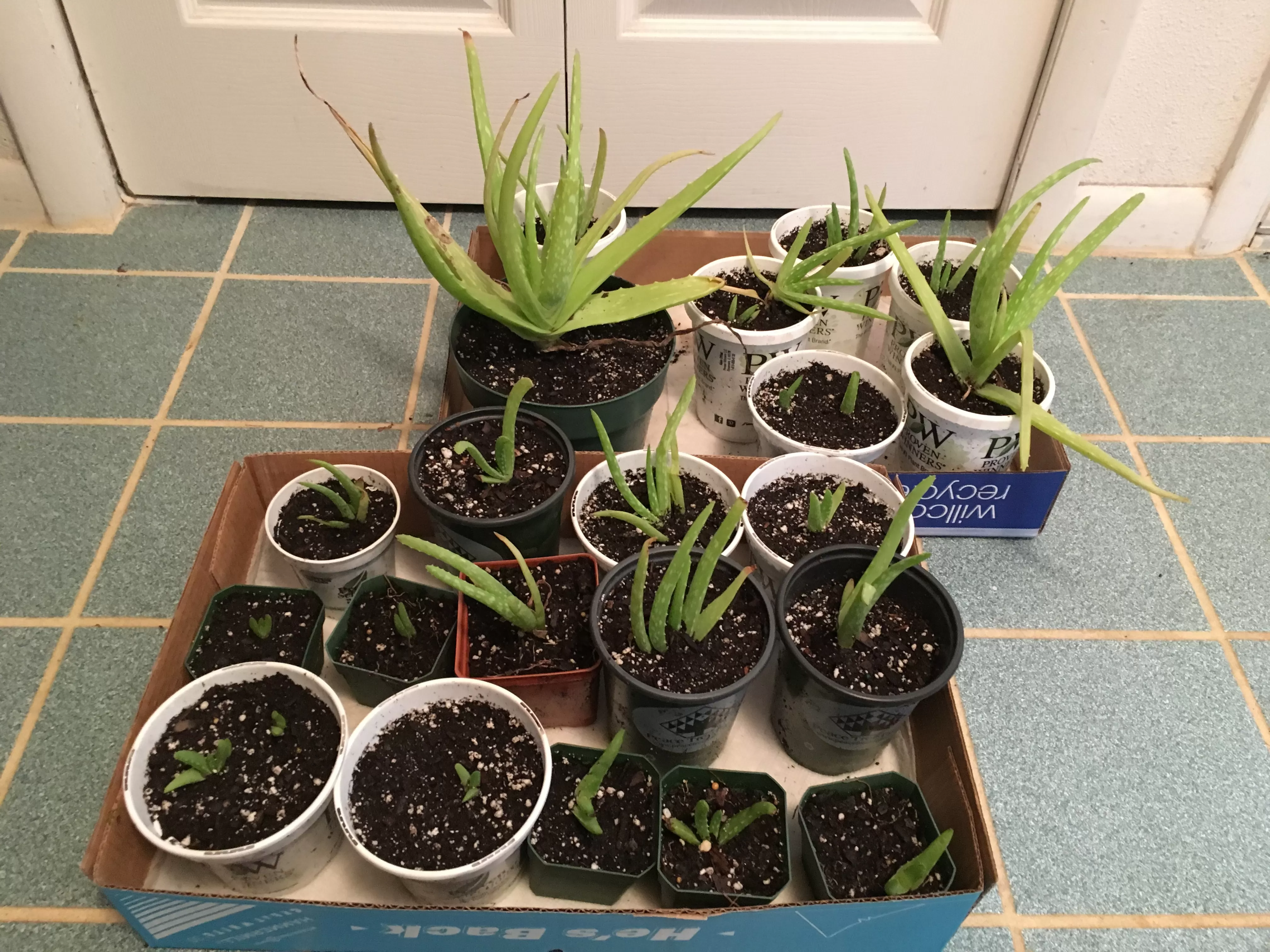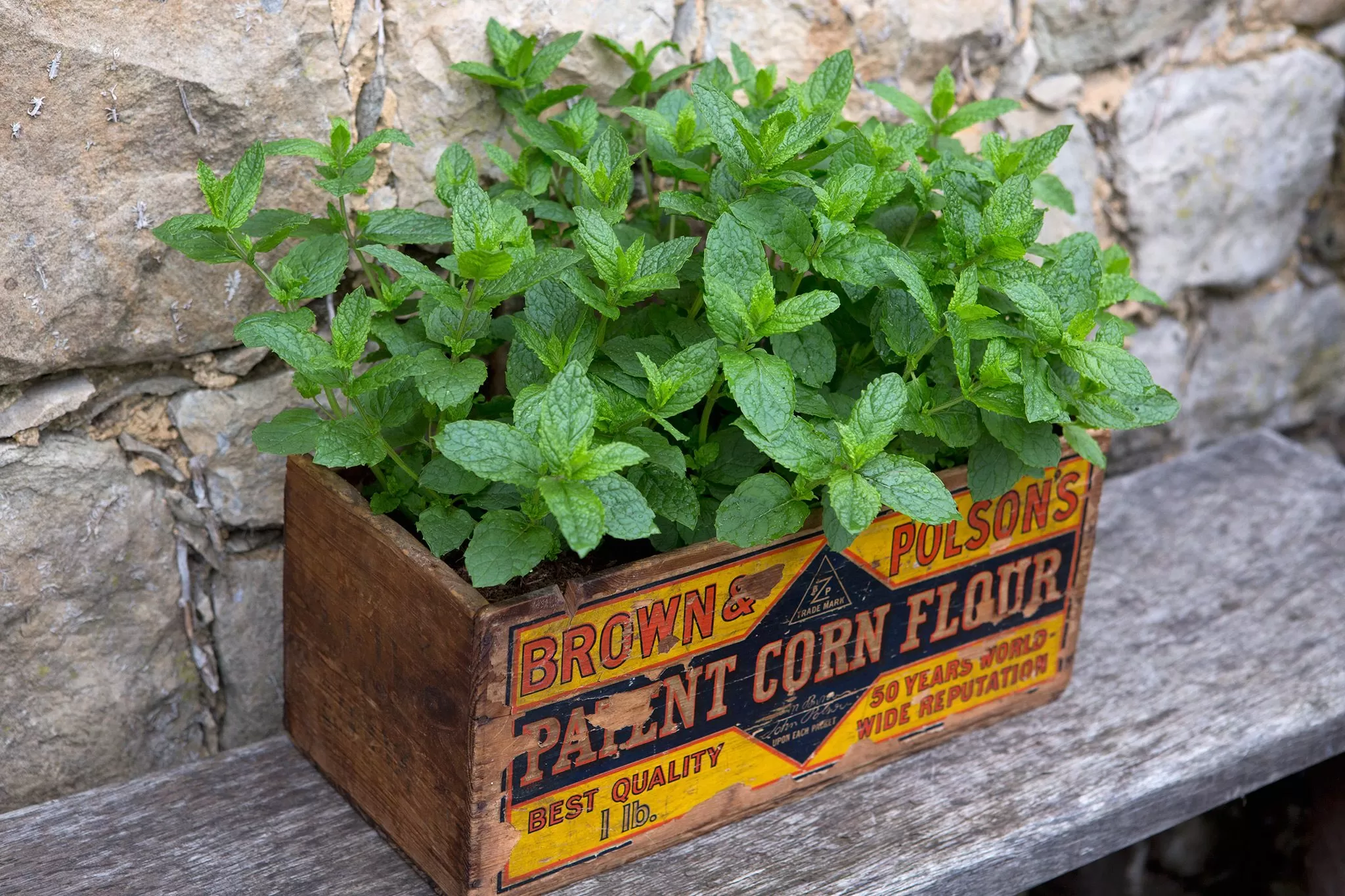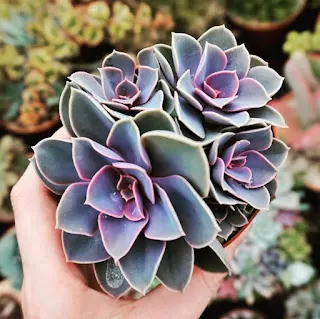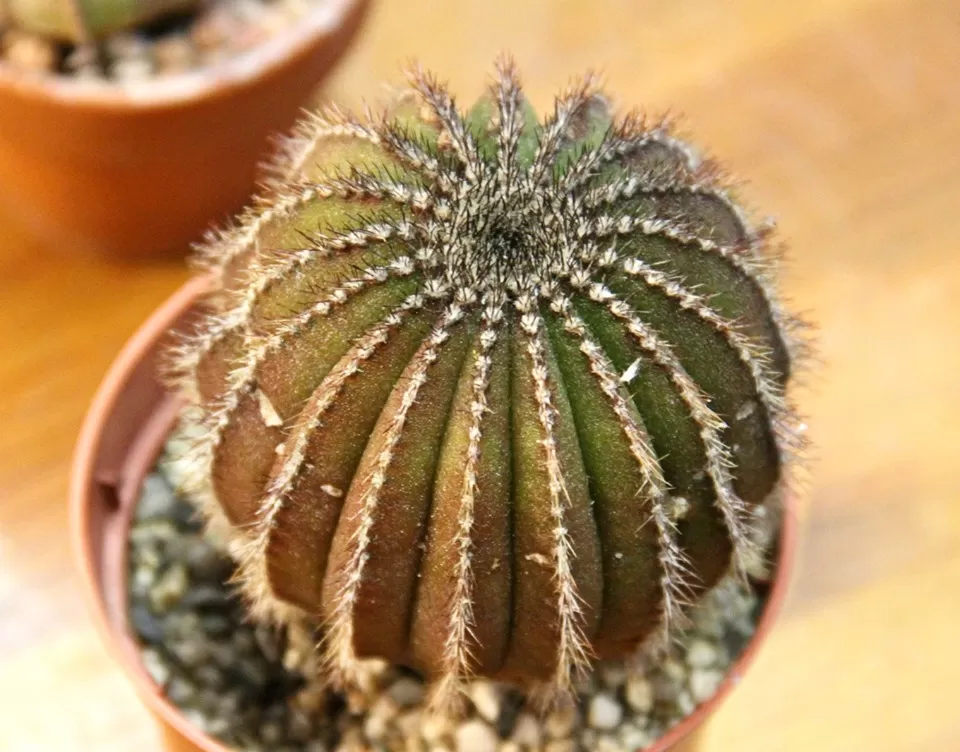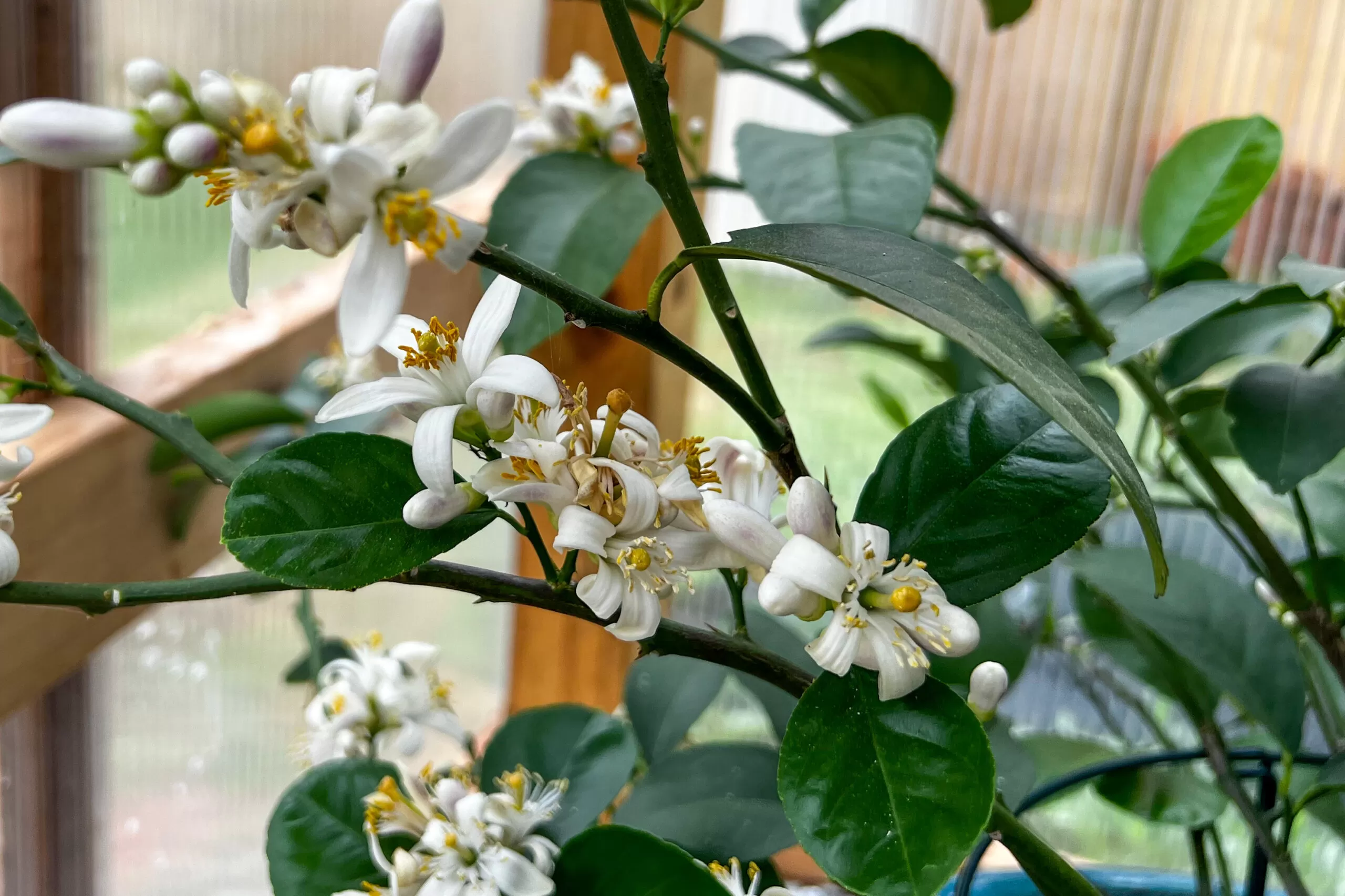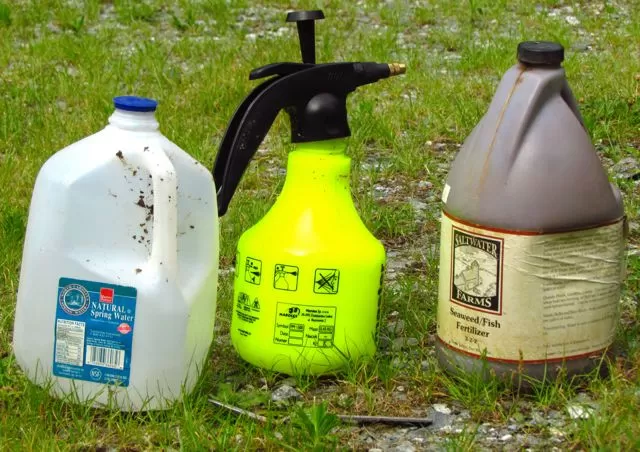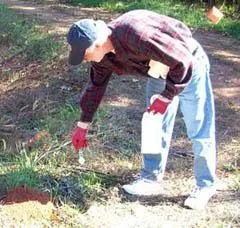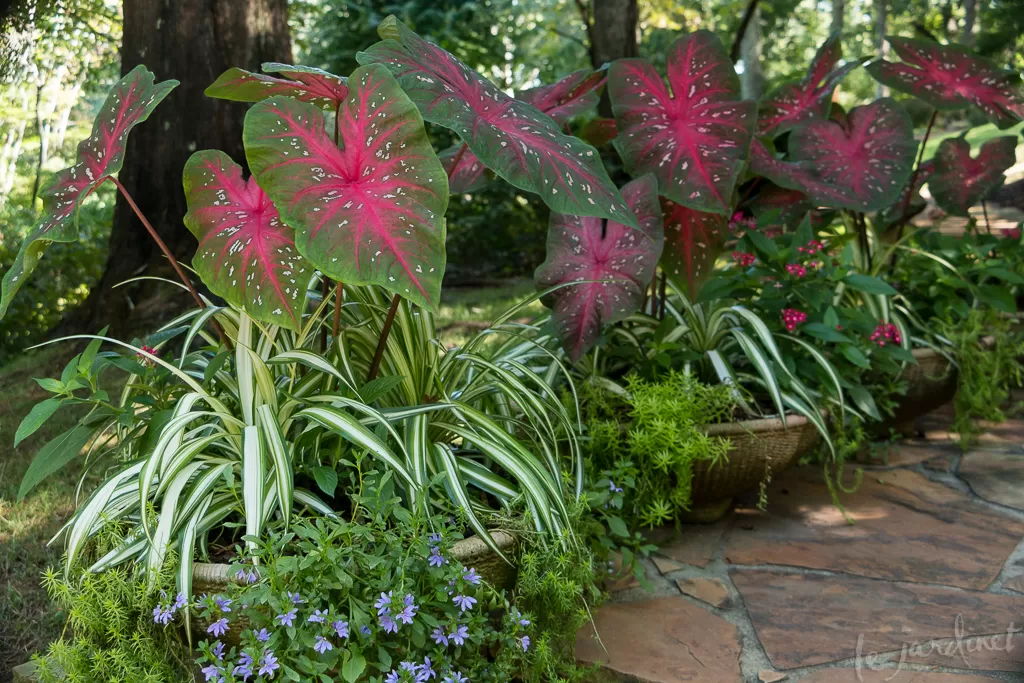- Prepare your garden before drought hits with essential supplies and strategies.
- Focus on building healthy soil and choosing the right plants for resilience.
- Learn effective watering techniques to conserve precious water.
- Discover how a simple “drought-prep starter kit” can give you confidence during dry spells.
Gardening is a journey filled with joy, learning, and sometimes, unexpected challenges. One of the biggest hurdles we face, especially as summers get warmer and drier, is drought. The thought of our beloved plants wilting can be disheartening, but with a little foresight and preparation, you can equip your garden to better withstand dry conditions. Think of it like assembling a toolkit for success – your very own drought-prep starter kit. It’s about being proactive, not reactive, ensuring your green space stays beautiful and resilient even when the rain clouds are nowhere in sight. Let’s explore how you can build your kit and cultivate confidence, no matter the weather.
Contents
The Core of Your Drought-Prep Starter Kit
Getting started doesn’t require a massive overhaul. Your basic drought-prep for the garden focuses on a few key areas: soil health and water conservation. These items and practices form the foundation of your kit.
- Mulch: This is arguably your most valuable tool. A good layer (2-4 inches) of organic mulch (like wood chips, shredded bark, or straw) around plants helps retain soil moisture, suppress weeds (which compete for water), and regulate soil temperature. It’s like a protective blanket for your plant roots.
- Watering Can or Hose with Sprayer: While the goal is to reduce overall water use, you’ll still need to water efficiently. A watering can is great for targeted watering of specific plants. A hose with an adjustable nozzle allows for gentle, deep watering at the soil level, minimizing evaporation compared to overhead sprinklers.
- Rain Gauge: Knowing exactly how much rain your garden receives is crucial for making informed watering decisions. A simple rain gauge helps you avoid overwatering and track natural precipitation.
- Soil Moisture Meter (Optional but Recommended): This small tool takes the guesswork out of watering. Stick it in the soil near the roots to see if water is actually needed, preventing both underwatering and overwatering.
Assembling your drought-prep garden kit involves gathering essential tools and materials, much like organizing supplies for other types of preparedness.
Expanding Your Drought-Proofing Arsenal
Once you’ve got the basics covered, you can add more advanced strategies and supplies to strengthen your garden’s drought resilience.
- Drought-Tolerant Plants: Incorporating native plants or species known for their low water needs is a long-term strategy that pays off big during dry periods. Research plants suited to your local climate and soil.
- Compost and Soil Amendments: Healthy soil with good structure retains moisture much better than compacted, nutrient-poor soil. Regularly adding compost improves soil tilth and water-holding capacity.
- Shade Cloth: For delicate plants or during intense heatwaves, a temporary shade cloth can significantly reduce water stress by lowering temperatures and reducing evaporation from leaves and soil.
- Drip Irrigation or Soaker Hoses: These systems deliver water directly to the plant roots, minimizing waste from evaporation and runoff. While an initial investment, they are incredibly efficient for established beds.
- Watering Globes or Spikes: For containers or specific plants that need consistent moisture, these tools can provide a slow, steady release of water.
Maintaining Your Drought-Resistant Garden
Building the kit is just the first step. Ongoing maintenance ensures your garden stays strong throughout the season.
- Regular Monitoring: Check your plants regularly for signs of stress (wilting, drooping leaves). Don’t wait until they look dire.
- Deep, Infrequent Watering: When you do water, water deeply to encourage roots to grow deeper into the soil, making them more resilient to surface dryness. Avoid frequent, shallow watering.
- Replenish Mulch: Over time, mulch breaks down or gets disturbed. Top it up as needed to maintain the protective layer.
- Weed Control: Stay on top of weeding. Weeds compete directly with your desired plants for available water.
 A hand placing an object into a plastic bin next to other items like batteries and a radio
A hand placing an object into a plastic bin next to other items like batteries and a radio
Organizing Your Drought Prep Supplies
Just like any preparedness kit, knowing where your drought-prep items are stored makes it easier to access them when you need them.
- Designated Spot: Keep your watering cans, hoses, soil moisture meter, rain gauge, and other tools in a designated area in your shed or garage.
- Bulk Materials: Store mulch, compost, and soil amendments in a convenient location for easy access when you need to apply them.
- Seasonal Check: Before the dry season typically begins in your area, do a quick inventory of your drought-prep supplies. Do you have enough mulch? Are your watering tools in good working order?
 Various emergency kit containers and bags on a floor
Various emergency kit containers and bags on a floor
Preparing your garden for drought is an act of care and resilience. By assembling your drought-prep starter kit and implementing smart strategies, you’re not just protecting your plants; you’re building a more sustainable and successful garden for the long haul.
What are your go-to strategies for preparing your garden for dry spells? Share your tips in the comments below! Explore more articles on Thelittle.garden for tips on water-wise gardening and plant selection.










